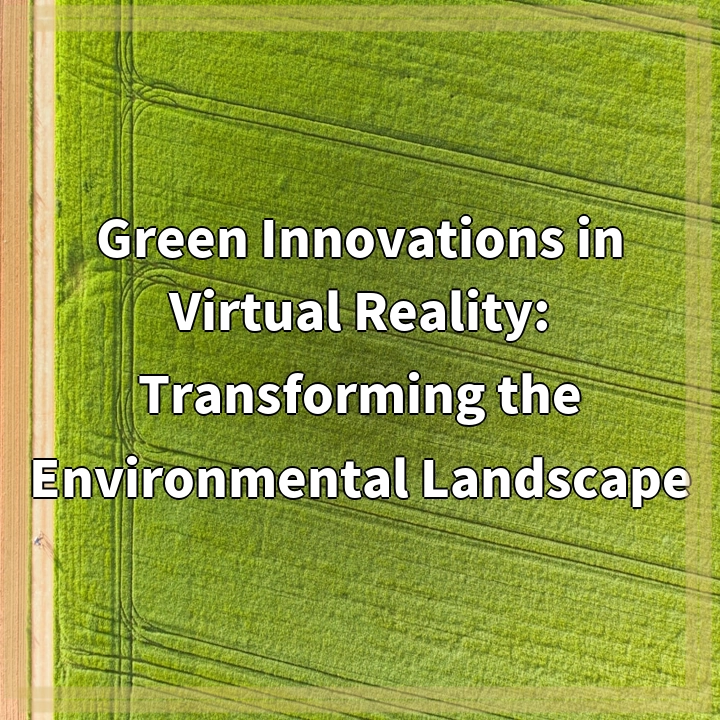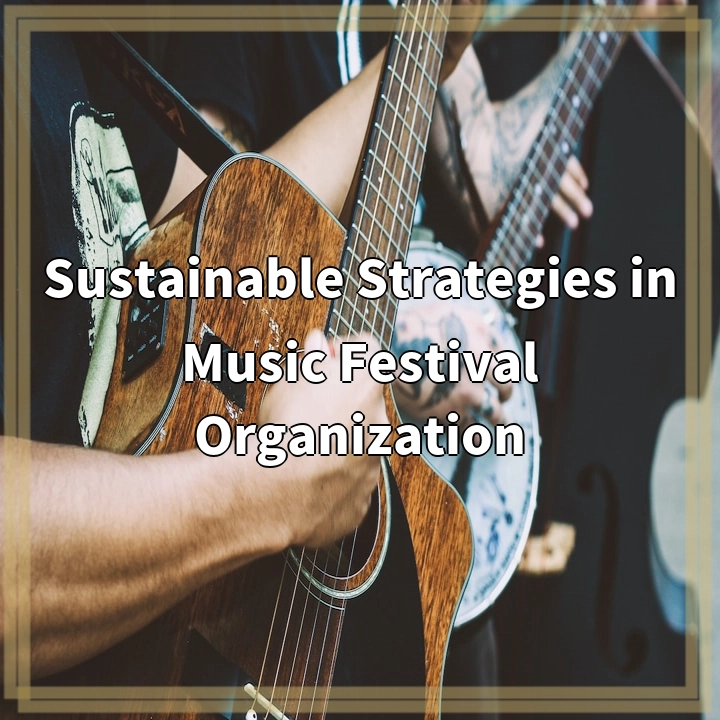
What it is:
Green Innovations in Virtual Reality is an exciting field that combines the power of immersive technology with environmental conservation efforts. Virtual Reality (VR) refers to the use of computer technology to create a simulated environment that can be experienced and interacted with by the user. In the context of the environment, VR offers a unique opportunity to explore and engage with natural landscapes, endangered ecosystems, and environmental challenges in a virtual space.
Real-World Problems:
Although Virtual Reality has the potential to transform the environmental landscape, there are some real-world problems associated with its implementation.
Limited Access:
One of the main challenges is ensuring widespread access to VR technology. Currently, VR devices and experiences can be expensive, prohibiting many individuals and communities from experiencing the benefits of immersive environmental education and engagement. Bridging the accessibility gap is crucial to ensure that VR technology reaches a diverse audience and doesn’t exclude marginalized communities.
Environmental Impact of VR Technology:
While VR can provide a virtual experience of nature, it is important to consider the environmental footprint of creating and using VR technology. The production and disposal of devices, the energy required to power VR experiences, and the potential for e-waste are factors that need to be addressed to ensure that the use of VR aligns with sustainability goals.
True Engagement vs. Virtual Engagement:
A potential issue with VR is that it may create a sense of disconnect and complacency towards the real-world environmental issues. While VR can provide a powerful and immersive experience, it is crucial to remember that true environmental action requires real-world engagement and tangible solutions. Finding a balance between virtual experiences and taking actual actions is essential to make a lasting impact.
Despite these challenges, Green Innovations in Virtual Reality hold immense potential for transforming the environmental landscape. By addressing accessibility, environmental impact, and promoting real-world engagement, VR can be a powerful tool in raising awareness, fostering empathy, and inspiring action towards environmental conservation.

Solutions for Green Innovations in Virtual Reality:
1. Improved Accessibility:
Addressing the issue of limited access to VR technology is crucial to ensure that environmental VR experiences are available to a wider audience. This can be achieved through initiatives that promote affordable VR devices, partnerships with educational institutions and community centers, and the development of mobile VR applications that can reach underserved communities.
2. Sustainable VR Technology:
To mitigate the environmental impact of VR technology, it is important for VR manufacturers and developers to prioritize sustainability. This can involve using eco-friendly materials in device production, implementing energy-efficient practices, and supporting e-waste recycling programs. Additionally, exploring alternative power sources, such as renewable energy, for VR experiences can further reduce the environmental footprint.
3. Integration with Real-World Engagement:
While VR experiences can offer powerful insights and emotional connections to environmental issues, it is essential to bridge the gap between virtual engagement and real-world action. This can be accomplished by providing users with tangible follow-up actions after VR experiences, such as volunteer opportunities, community initiatives, or donation options to environmental organizations. Additionally, VR platforms can partner with existing environmental campaigns to amplify their impact.
By implementing these solutions, Green Innovations in Virtual Reality can maximize their potential in transforming the environmental landscape. Ensuring accessibility, promoting sustainability, and integrating virtual experiences with real-world actions can create a powerful tool for environmental education, empathy-building, and motivating individuals and communities to take positive environmental actions.















